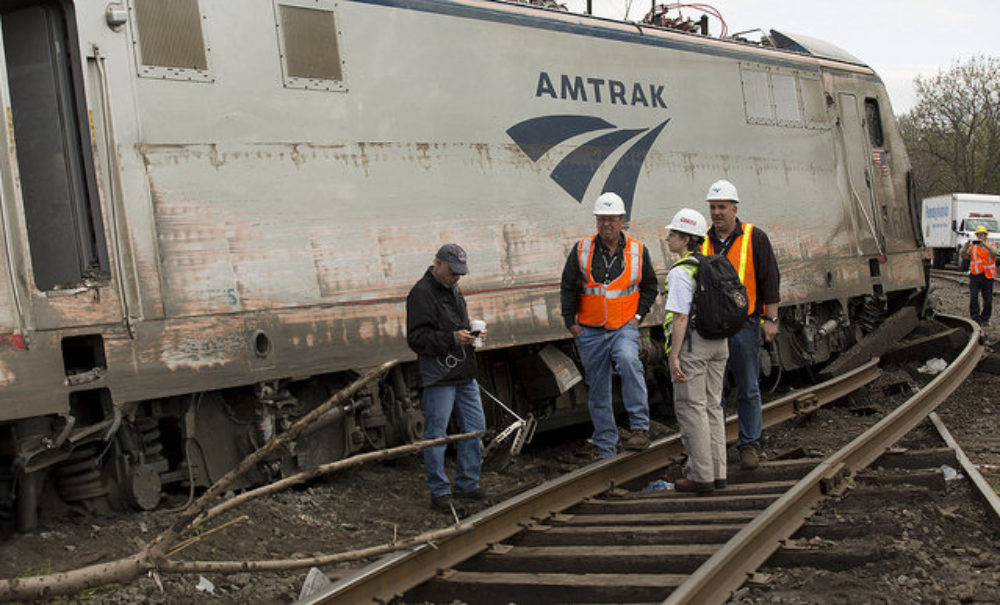Speed Appears to Be a Factor in Amtrak Train Crash, According to Reports

New information suggests that the recent Amtrak train derailment could have been prevented, with investigators indicating that the train was going faster than 100 m.p.h. when it hit a dangerous curve in the track, which is twice the recommended speed for the area.
The Amtrak train derailment occurred at 9:21 p.m. on Tuesday night, while the 188 Northeast Regional Train headed from Washington, D.C. to New York was going around a left hand turn in the tracks.
The train consisted of one locomotive and seven passenger cars, completely derailing and causing injuries of varying degrees for the 238 passengers and five members onboard, including eight confirmed deaths.

Did You Know?
Ticketmaster Data Breach Impacts Millions of Customers
A massive Ticketmaster data breach exposed the names, addresses, phone numbers, credit card numbers and other personal information of more than 560 million customers, which have now been released on the dark web. Lawsuits are being pursued to obtain financial compensation.
Learn MoreAt a press conference Wednesday afternoon at the crash site, National Transportation Safety Board (NTSB) member Robert Sumwalt said that just moments before the derailment, the engineer hit the emergency brakes.
“Maximum authorized speed through this curve was 50 miles per hour,” Sumwalt said. “When the engineer-induced brake application was applied, the train was traveling at approximately 106 miles per hour. Three seconds later, when the data to the recorders terminated, the train speed was 102 miles per hour.”
The section of track before the curve is 80 mph, Sumwalt said. The engineer is supposed to slow the train down to 50 mph before going into the curve.
NTSB investigators say that the speed was garnered from the trains data recorders and they believe they are accurate to within one mile per hour.
Sumwalt said that speed was definitely a factor in the train accident, although the investigation is continuing. He also noted that the track system in the area did not have a positive train control system to keep the train within the speed limit.
The system Amtrak uses throughout the region is called the Advanced Civil Speed Enforcement system. While it is installed throughout most of the region, it is not installed in that area, Sumwalt said.
Congress has mandated that positive train control systems be installed throughout the U.S. rail system by the end of the year.
“Had such a system been installed in this section of track, this accident would have not occurred,” Sumwalt said.
Some critics say that a much older and cheaper strategy of having two engineers onboard to operate the train, rather than just one, also may have avoided the crash, if it was caused by human error of the sole operator.
While the crash is still under investigation, it is expected that a number of Amtrak train accident lawsuits will be filed in the coming weeks as more information becomes available about steps that could have been taken to avoid the devastating crash.





0 Comments